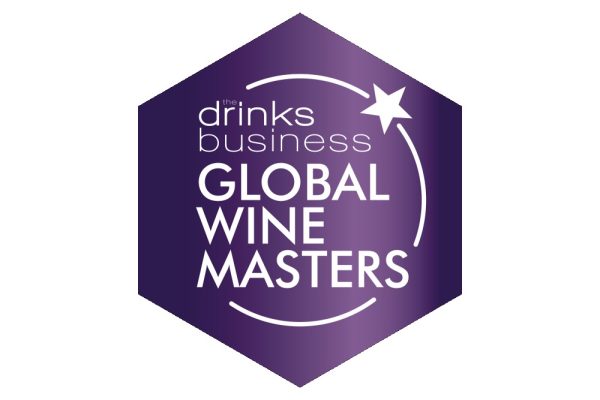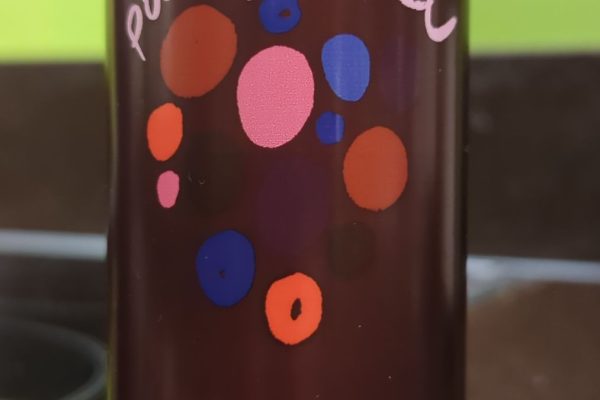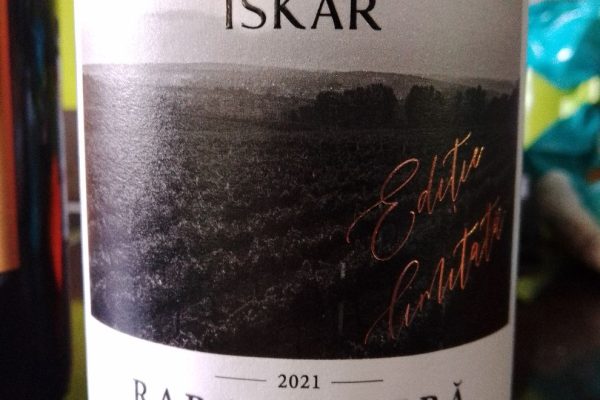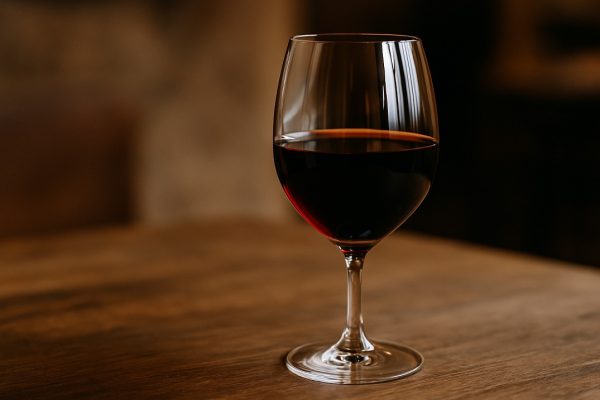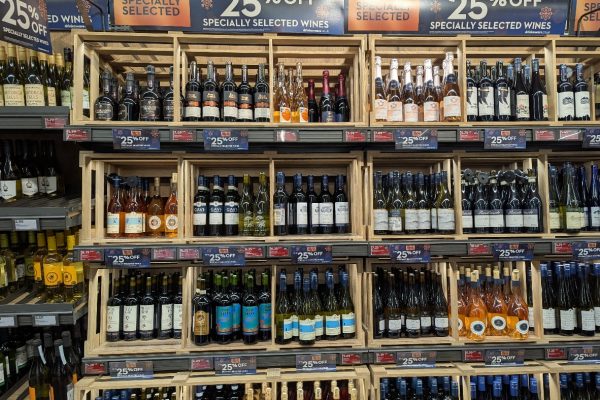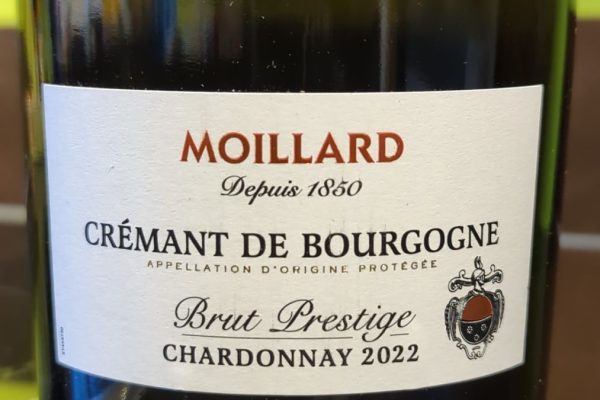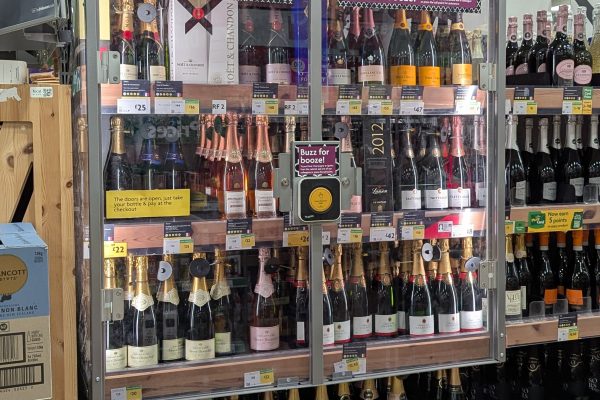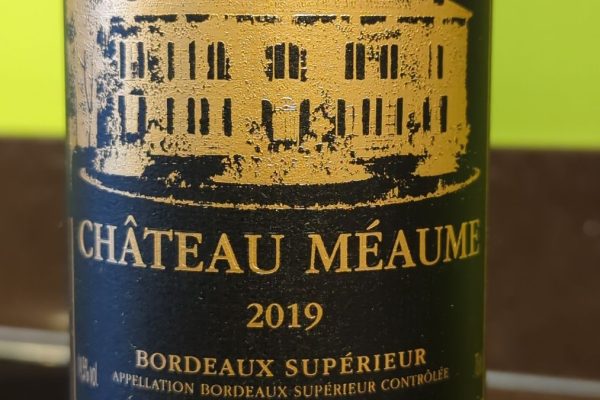
The IWSR’s Bevtrac 2024 Wave 2 report highlights a significant shift in global alcohol consumption patterns, with moderation becoming a prevalent trend across all demographics over the past year. While a surge in complete abstinence observed in 2023 appears to have been temporary, consumers, including younger legal drinking age individuals, are now returning to alcohol but adopting various moderation strategies.
One notable change is the rise in light drinkers, defined as those who consume alcohol infrequently and in low quantities. This group now constitutes the largest segment among drinkers in 15 key markets, surpassing both medium and heavy drinkers. Additionally, temporary abstinence has become a common approach, especially among younger generations. For instance, 71% of affluent drinkers in India’s major cities reported periods of abstaining from alcohol, the highest rate among surveyed markets. Similarly, over half of the drinkers in South Africa, Mexico, and Brazil have engaged in temporary abstinence.
Another emerging trend is the increase in single-category drinking occasions, where individuals limit themselves to one type of beverage during an event. This practice has led to a reduction in the average number of beverage categories consumed per occasion, dropping from 2.4 in 2023 to 1.8 in 2024. Currently, 66% of drinking occasions involve just one category, with beer being the most frequently chosen option.
The no-alcohol beverage sector is also experiencing growth, with 26% of drinkers across the 15 markets consuming alcohol-free alternatives. Participation rates are particularly high in Spain (40%) and Germany (44%), and have doubled in North America compared to the previous year, though they remain lower than in European markets. No-alcohol beers are achieving global success, and no-alcohol spirits are gaining popularity, especially in the US, Germany, and the UK.
Health and wellness considerations are the primary drivers behind this shift towards moderation. Over 41% of no-alcohol beverage consumers choose these products to support their moderation efforts, while 35% cite practical reasons such as avoiding hangovers or the need to drive. An emerging behavioural shift sees consumers seeking variety in flavours and formats, further expanding the category’s potential.
These developments suggest that the earlier trend of complete withdrawal from alcohol was influenced more by economic concerns and the lingering effects of COVID-19 lockdowns. Participation rates in alcohol consumption are now returning to long-term norms. However, younger drinkers still participate less than older cohorts, though this gap is narrowing. The industry faces the challenge of adapting to these new consumption patterns, where moderation strategies are becoming mainstream, potentially explaining the subdued volume growth in total beverage alcohol across major markets.





